We welcome June, and her flower, the rose.
Roses may be the most popular of flowers. There are over 300 different species of natural roses and there are thousands of man-made variants (cultivars) that have been developed over the centuries—selectively-bred to accentuate desired traits like color, size, fragrance, form or hardiness. 50-million-year-old rose fossils from the Eocene Period (which means, roughly, "The New Dawn") have been uncovered by archaeologists in Colorado. Roses are depicted in Minoan art (circa 1400 BC) and in Egyptian tomb paintings shortly thereafter. And ornamental roses are known to have been cultivated by the Chinese, Persians and Mediterraneans from about 500 BC.
The contemporary roses which are most common today are descended principally from Chinese varieties, brought to Europe by sea traders in the 1700's. Roses are used ornamentally (in gardens), in cut-flower floral arrangements, in commercial perfumery, and in cooking. Rosewater, first developed in Persia, is a now a distinctive Middle Eastern flavor and fragrance. Precious rose oil, also first developed by the Persians, is extracted from crushed rose petals—with nearly 60,000 blossoms required to produce one ounce of oil. Pure, high-quality rose oil is very expensive, indeed. "Rose hips" (the seed-bearing fruit, or berries, of the rose plant) are edible, a high source of Vitamin C. These berries can be made into jam, jellies, marmalade, soup, tea or syrup. They are also used in medicinal and cosmetic treatments.
Mankind has long used the rose in symbology. The Ancient Greeks associated the rose with Aphrodite, the goddess of love, passion and lust. European Christians linked roses with the Blessed Virgin Mary. The "rosary" is an important prayer devotion amongst Catholics. In England, the red rose of the House of Lancaster, after fighting the white rose of the House of York (in the 1400's), were combined to form the Tudor Rose (which displays a small white rose within a larger red rose).
The set of six cocktail glasses, shown here, are pressed of rose-colored crystal. The "harlequin optic" pattern, which encircles the bowl, reflects the light (a less labor intensive production method than hand-cutting the crystal). This rose crystal is just the right shade of pink—not too dark, not too saccharine. Click on the photo above to learn more about them.
Though our Greenwich Village store is now permanently closed, LEO Design is still alive and well! Please visit our on-line store where we continue to sell Handsome Gifts (www.LEOdesignNYC.com).
To arrange a visit our Pittsburgh showroom (by private appointment only), please call 917-446-4248.


